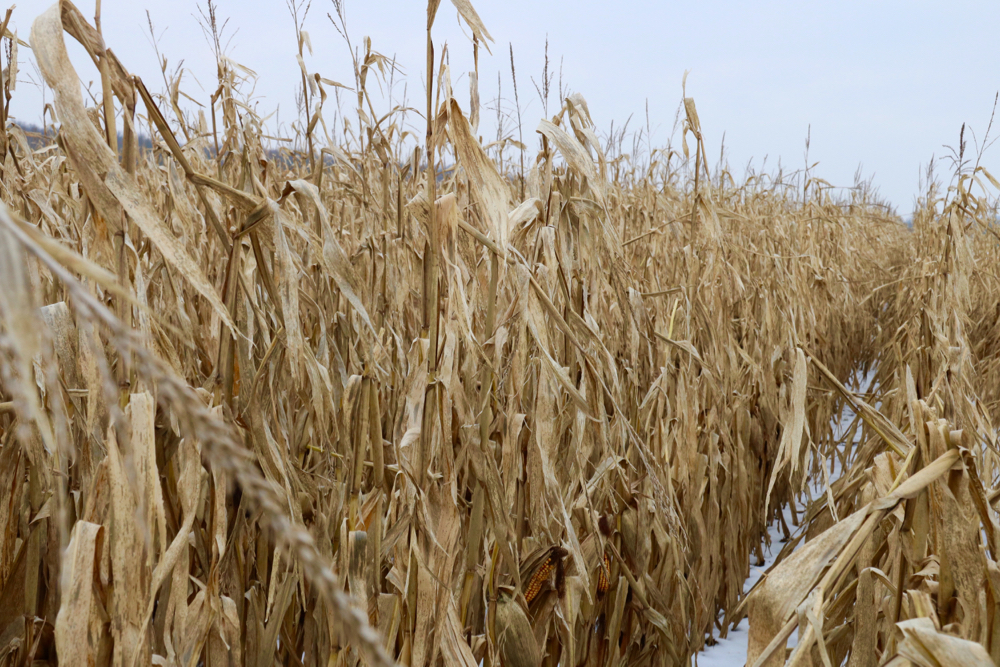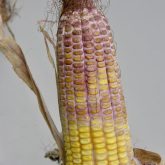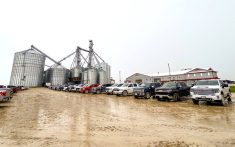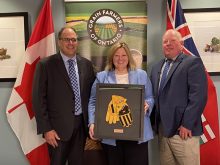Changes to the Commodity Loan Program (CLP) have been made to help farmers dealing with extreme harvest issues across the province.
Grain Farmers of Ontario (GFO) asked for an extension back in November to assist farmers across the province managing challenges with corn crop quality this year.
Why it matters: The CLP changes will help farmers by giving them more financial flexibility on repayment and amount they can borrow.
Ernie Hardeman, Ontario minister of Agriculture, Food and Rural Affairs and his team made changes to the CLP, announced on Friday, Feb. 1, 2019. The changes will run on a two-year pilot program.
Read Also

Conservation Authorities to be amalgamated
Ontario’s plan to amalgamate Conservation Authorities into large regional jurisdictions raises concerns that political influences will replace science-based decision-making, impacting flood management and community support.
These changes include an extension for the repayment schedule along with an increase to the funding cap. An extra eight months has been added to the payback period and now the payment program is completed in September, compared to January and $200 million is available, an $80 million increase from the original $120 million.
The Commodity Loan Program, which is administered by Agriculture Credit Corporation (AAC), was created in 1992 to assist Ontario farmers with financing their cash crop business expenses throughout planting, cultivating, and harvesting. It provides the farmers with access to lower cost financing and supplementing cash flow throughout the year, while paying less interest.
“[These changes are] to make it easier on the farmers that are impacted by the DON, that they can market the grain into a longer time period than just during harvest,” says Markus Haerle, chair of GFO, on the repayment extension. “They already have enough deductions and market price is suppressed because of harvest, so a farmer can get more money as these market opportunities develop over the year.”
The increase in dollars going towards the program is beneficial as crop farms are only getting bigger and have higher dollar figure requirements and the high DON in corn can only make it harder for farmers’ financials says Haerle.
Humid and rainy conditions during tasseling resulted in a significant amount of Ontario corn being infected with mold-causing infections leading to high levels of deoxynivalenol (DON). That meant difficult marketing the corn for some farmers, many of whom still have it in storage.













